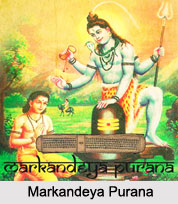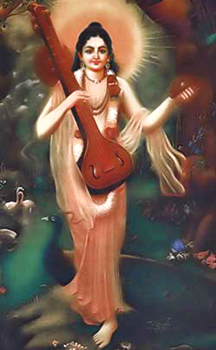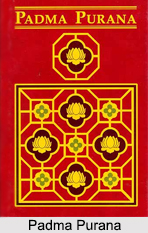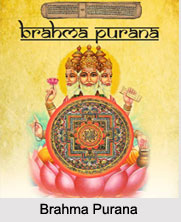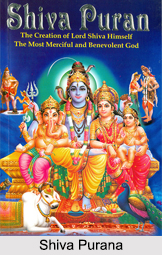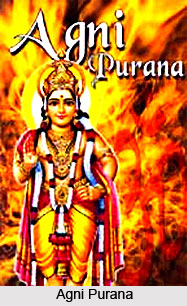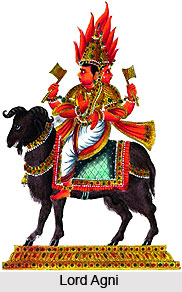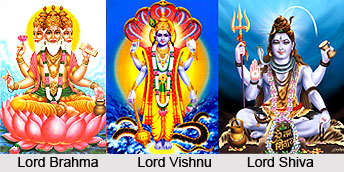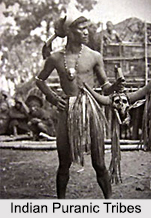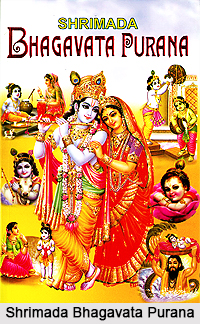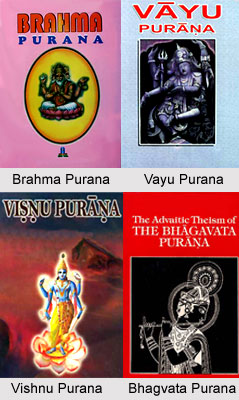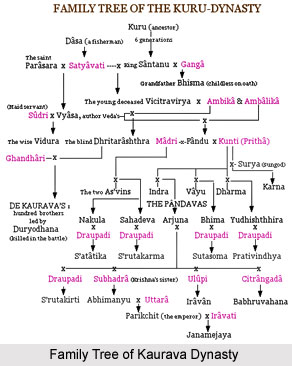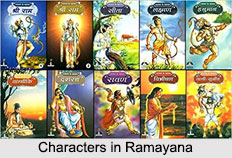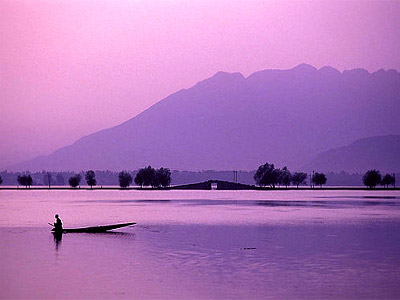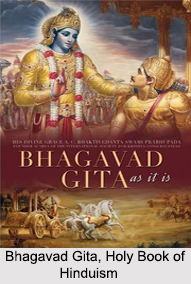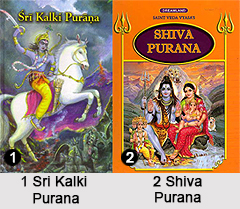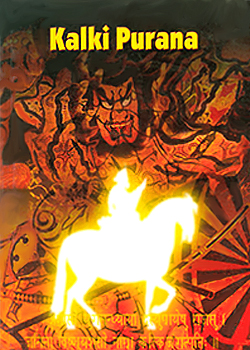Kaikeya was the name of a country and of its king, Raja Dhristaketu. He was father-in-law of Krishna, and his five sons were friends of the Pandavas. Kekeya is mentioned as a western kingdom in the epic Ramayana. One of the wives of Dasaratha, Kaikeyi was from Kekeya kingdom. In Mahabharata epic, five Kekeya princes have been mentioned who joined the Pandavas in the war of Kurukshetra. The eldest of them was described as a king and was known as Vrihatkhsatra. These Kekeya brothers were banished from their kingdom by their own kinsmen. They were circumstantially inclined to join the Pandavas in the war. Kaikeya kingdom comprised the districts of Gujarat, Shahapur and Jhelum of Northern Punjab.
The five Kekeya brothers had purple flags with an Akshauhini of troops and joined the Pandavas. Some Kekeya brothers had also sided King Duryodhana. The Kekayas on the Kaurava side marched under Drona along with Vinda and Anuvinda, both of Avanti and the Vahlikas. Kekeya brothers served as generals in the army.
The Kekeya brothers were attired in mix of red and black colours. They resembled the insects called Indragopakas as they had red coats of mail, red weapons and red banners. They were decked with chains of gold. The five Kekeya brothers were killed by Drona. Some of the major Kekeya Kings included King Sahasrachitya, Satayupa and Vrihatkhsatra.
King Sahasrachitya
King Sahasrachitya was the grandfather of king Satayupa, who was the contemporary of Kuru king Dhritarashtra. He handed over his kingdom to his son and retired to the forests.
King Satayupa
King Satayupa was one of the greatest kings of the Kekayas. He had also transferred the sovereignty of his kingdom to his son.
King Vrihatkhsatra
The Kekeya brothers, who fought the Kurukshetra War by joining the Pandavas as well as supported the Kauravas, belonged to the next generation of Kekaya`s royal family. Vrihatkhsatra was the foremost among them as he was the eldest among the five brothers who had aided the Pandavas.
At some places in the epic Mahabharata people of Avanti are mentioned as Kekayas. This has also been considered as an error. The Kekayas also had migrated to the east. The five Kekeya brothers were the sons of Srutakirti.

